calsfoundation@cals.org
Glenwood (Pike and Montgomery Counties)
| Latitude and Longitude: | 34°19’36”N 093°33’02”W |
| Elevation: | 563 feet |
| Area: | 8.91 square miles (2020 Census) |
| Population: | 2,068 (2020 Census) |
| Incorporated: | May 6, 1909 |
Historical Population as per the U.S. Census:
|
1810 |
1820 |
1830 |
1840 |
1850 |
1860 |
1870 |
1880 |
1890 |
1900 |
|
– |
– |
– |
– |
– |
– |
– |
– |
– |
– |
|
1910 |
1920 |
1930 |
1940 |
1950 |
1960 |
1970 |
1980 |
1990 |
2000 |
|
768 |
891 |
1,310 |
854 |
843 |
840 |
1,212 |
1,402 |
1,354 |
1,751 |
|
2010 |
2020 |
|
|
|
|
|
|
|
|
|
2,228 |
2,068 |
|
|
|
|
|
|
|
Glenwood, on U.S. Highway 70 west of Hot Springs (Garland County), is nestled in a bend of the Caddo River with a spectacular view of Arkansas’s Ouachita Mountains. It lies in what was once rated as the “best timber country in western Arkansas” and was the home of Arkansas poet, journalist, and humorist, Graham Burnham, publisher of the Glenwood Newspress and the Houn’Dog. Glenwood is also the location of historic Bethel Missionary Baptist Church, the oldest active church in the area, organized in August of 1848.
Early Twentieth Century
Glenwood’s origins can be traced to a number of large commercial ventures that began about 1900. One was the building of the Gurdon and Fort Smith Railroad (G&FTS) along the Caddo through the northeastern corner of the county. The other concerned wealthy Texas and Missouri investors who desired access to the vast pine forests of the area.
Construction on the rail line began in 1905. In its wake, a number of new communities, most destined to be the location of large lumber mills, sprang up. Among these were Graysonia in Clark County, Rosboro and Glenwood in Pike County, and Caddo Gap and Womble in Montgomery County.
In 1907, the Caddo River Lumber Company, led by Mr. Thomas W. Rosborough, built a large mill a few miles north of Amity at a site named Rosboro. Soon, a second company, the A. L. Clark Lumber Company from Gilmer, Texas, purchased an old cotton field across the river from the old village of Rock Creek and began construction of an even larger sawmill. It was located a short distance from a newly opened railroad depot. About the same time, another timber company moved into the area from Louisiana.
With these new mills under construction and the railroad in full operation, two local businessmen, Curt Hays and Will Fagan, laid out a new town site on both sides of the depot. The business lots sold quickly, and a boomtown grew almost overnight. Glenwood, reflecting the beautiful location of the new community, was chosen for a name. By July 1907, the new village, with a population at some 250, had obtained a post office. It quickly replaced the old office at Rock Creek. In April 1908, at the request of a number of local citizens, Glenwood became an incorporated town. By 1910, its population stood at 768.
In 1914, Glenwood received an additional economic boost when the Memphis, Dallas, and Gulf Railroad (MD&G) opened new tracks between Glenwood and Hot Springs, making the town a major rail junction as well as one of the centers of the lumber industry in the southern Ouachita Mountains.
By 1916, the community included several churches, a number of new businesses, a telephone system, and a new public “dipping vat,” where local farmers brought their livestock for dipping as part of the state’s tick eradication program. By 1920, almost 900 citizens lived in the community.
While Hays and Fagan were busy developing Glenwood proper, the A. L. Clark Lumber Company was building its own residential “town,” near its mill. It consisted of an area of large white frame houses for mill supervisors and office employees along Gilmer Street. Many smaller worker houses, painted red and white, were built along nearby Clay Street, sometimes called Candy Street.
In the fall of 1908, the company built a large frame community building near downtown; it was used for church services and a school. A few months later, the Glenwood Special School District was formed. The next year, a two-story brick building was constructed.
In the 1920s, Glenwood’s population continued to grow. Its importance as a transportation hub and a growing regional trade center was enhanced when what is now U.S. 70 was paved between Glenwood and Hot Springs and large tracts of land around the town were converted to profitable peach orchards.
The 1930s brought the Great Depression and hard times to Glenwood. With it came a disaster that very nearly spelled the death of the town itself. In 1922, the Caddo River Lumber Company purchased the A. L. Clark Company mill at Glenwood and expanded it. Within a few years, the new facility was humming with activity day and night. On a stormy night in June 1936, a lighting strike started a blaze that consumed most of the mill complex. Though the mill remained open for another eighteen months, the company did not consider rebuilding. Within a short while, it relocated its entire operation to Oregon and took many of the community’s leading families with it.
Glenwood survived because of a number of more modest lumber operations that sprang up in the wake of the destruction of the big mill. However, the town’s population declined to 854 in 1940 and 843 in 1950.
World War II through the Faubus Era
In 1940, the Arkansas Slate Manufacturing Company built a large mill north of Glenwood to produce roofing granules. In 1942, a new manganese processing plant was opened west of town. At the same time, a worldwide shortage of cinnabar (mercury) caused by World War II led to extensive mining of that mineral in the area. These mills and their work force gave a much-needed boost to the local economy. During the late 1940s, nearby Bethel, Bonnerdale, and Rosboro schools consolidated with the Glenwood district, necessitating new public school facilities in 1951 and 1956.
Modern Era
The 1970s witnessed an aggressive campaign of industrial growth and annexation that brought the town’s population up to 1,402 by 1980. During this period, the Curt Bean Lumber Company, one of the nation’s largest independently owned lumber producers, located its lumber mill in Glenwood. During the 1990s, the Caddo River at Glenwood became one of the most popular canoeing streams in western Arkansas. The population stood at 1,354 in 1990. Beginning in 1994, the Glenwood Country Club’s golf course, host to the annual Dick Kelly Golf Classics, named for President Bill Clinton’s stepfather, was opened. In 1995, the Glenwood School district consolidated with that of nearby Amity to form the Centerpoint School District, with a new campus located at old Rosboro.
During the 1990s, the region’s flourishing poultry industry, begun several years earlier, attracted a sizeable influx of Hispanic immigrants who, as of 2010, made up more than twenty-two percent of Glenwood’s population. The growth of Glenwood had, by the 2020 census, expanded into neighboring Montgomery County.
Actor/director Clark Duke, who has appeared in numerous television shows and movies, grew up in Glenwood.
For additional information
“Glenwood, Arkansas, & Surrounding Area.” Glenwood, AR: Greater Glenwood Chamber of Commerce, 1997.
Hull, Clifton E. Shortline Railroads of Arkansas. Norman: University of Oklahoma Press, 1969.
Pike County Heritage Club. Early History of Pike County, Arkansas: The First One Hundred Years. Murfreesboro, AR: Pike County Archives and History Society, 1978.
Russell P. Baker
Arkansas History Commission and State Archives
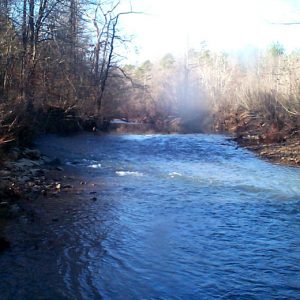 Caddo River
Caddo River 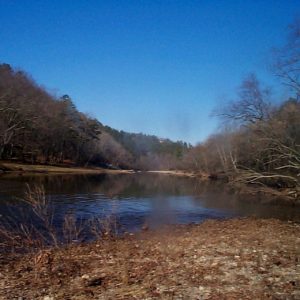 Caddo River
Caddo River 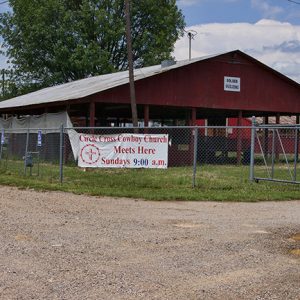 Circle Cross Cowboy Church
Circle Cross Cowboy Church 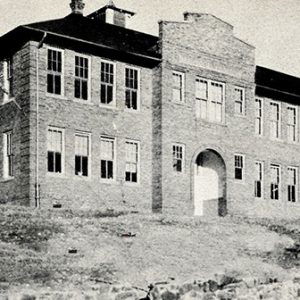 Glenwood High School
Glenwood High School 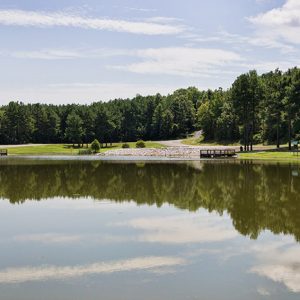 Glenwood Community Fishing Lake
Glenwood Community Fishing Lake 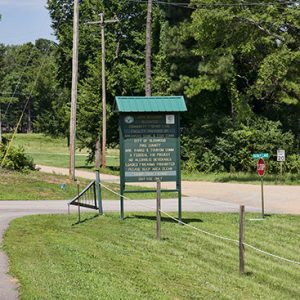 Glenwood Community Fishing Lake
Glenwood Community Fishing Lake 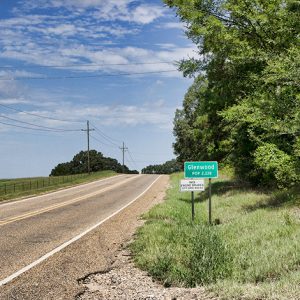 Glenwood
Glenwood 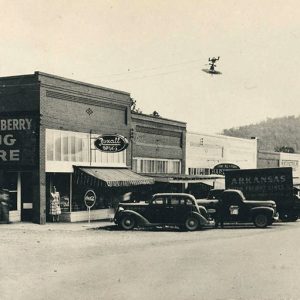 Glenwood, 1952
Glenwood, 1952 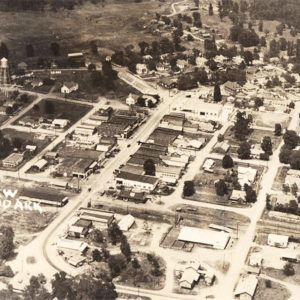 Glenwood Aerial View
Glenwood Aerial View 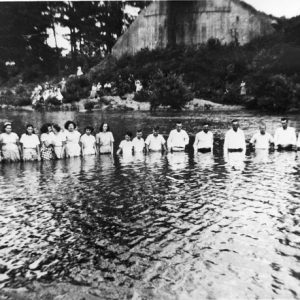 Glenwood Baptism
Glenwood Baptism 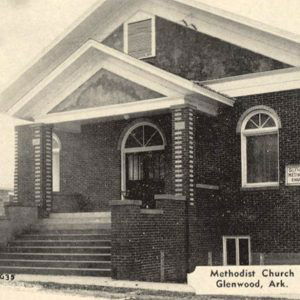 Glenwood Church
Glenwood Church  Glenwood Iron Mountain Railroad Depot
Glenwood Iron Mountain Railroad Depot 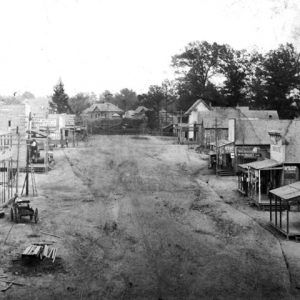 Glenwood Main Street
Glenwood Main Street 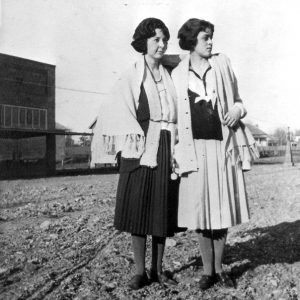 Glenwood Main Street
Glenwood Main Street 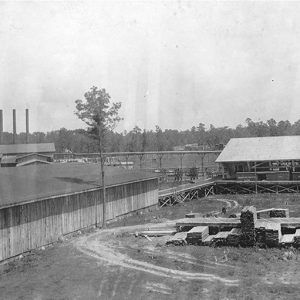 Glenwood Mill
Glenwood Mill  Glenwood Newspaper
Glenwood Newspaper 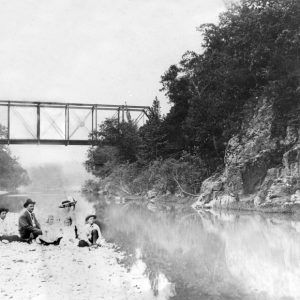 Glenwood Railroad Bridge
Glenwood Railroad Bridge 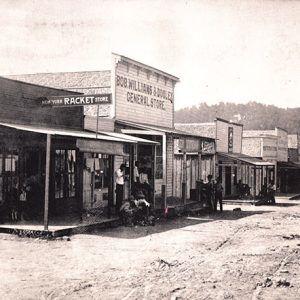 Glenwood Street Scene
Glenwood Street Scene 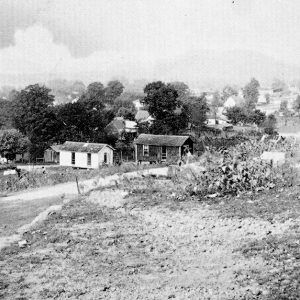 Glenwood View
Glenwood View 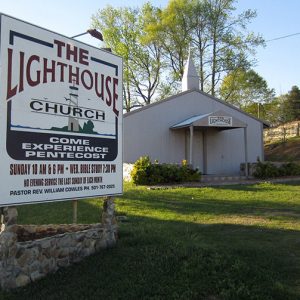 The Lighthouse Church
The Lighthouse Church 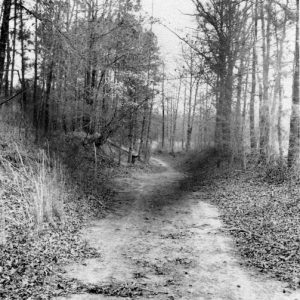 Military Road
Military Road 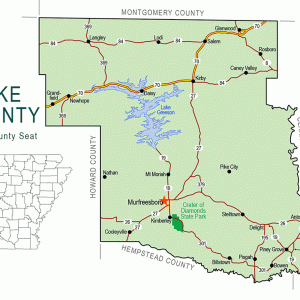 Pike County Map
Pike County Map 



Today I was privileged to read about the growth of Glenwood. Having grown up on a small farm out of Caddo Gap, it was most interesting. I’ve lived my life during the past sixty yearss in three other states.